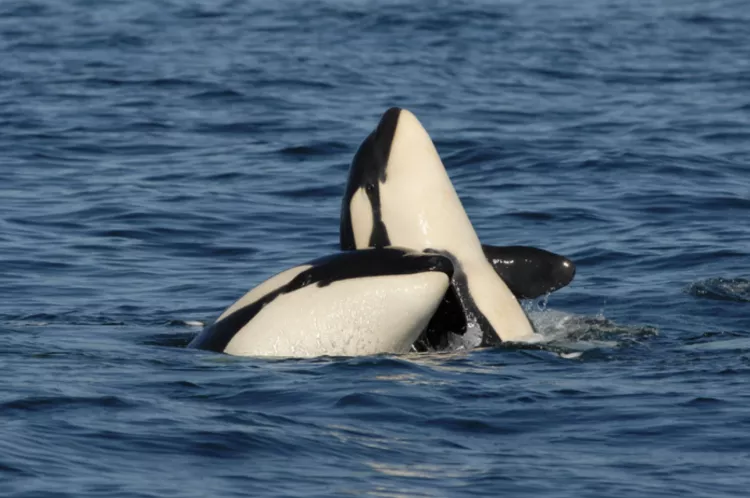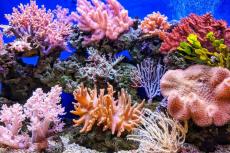Southern resident orca mothers pay higher price to care for sons
A study shows that the mothers of southern resident orcas that bear sons sacrifice their future reproductive potential to care for them, as opposed to caring for their female offspring.
It turns out that raising sons takes a higher toll on southern resident orca mothers, when compared to raising daughters. So much so that the mother’s annual likelihood of successfully breeding is reduced by about half.
This is because the mothers share the fish they catch with their sons even after the latter become adults. The mothers would bite the fish they catch into two, consume one half and give the other half to their sons.
(In the case of their daughters, the mothers also share their food, but stop doing so when the daughters reach reproductive age.)
This strategy meant that the mothers gained an “indirect fitness” benefit, according to Darren Croft, a professor of animal behaviour at the University of Exeter, as it boosted the son’s chances to survive and mate with many females, thus giving rise to more offspring and enabling their genes to be passed on to future generations.
While this strategy have clearly worked in the species' evolutionary past, it may now lead to future viability of the population. The southern resident orca’s main prey is the Chinook salmon, and this fish have become scarce in many parts of the orcas’ range.
This scarcity is now threatening the survival of the southern resident orca population. And because they don’t inter-breed with other orca populations, their numbers—which currently stand at 73—is dangerously low.
“For this population that’s living on a knife’s edge, the potential for population recovery is going to be limited by the number of females and those females' reproductive output,” Professor Croft said.
The findings of the study was published in the Current Biology journal.




























